“Jewel of Arts”.. as was dubbed by scholars of geometric art and traditional craftsmen to describe those ornaments, which adorned all windows and doors in Egypt’s cities and towns. Even lanes and alleys in slums, where mashrabiyas, gates, and even sitting rooms, were adorned by those artistic decorations that became famous in the old times.
There are no appropriate literatures about arabesque, nor have its craftsmen leaked some of its secrets to future generations. In an age when the machine controls every craft and trade, handicrafts has become at risk of evanescence.
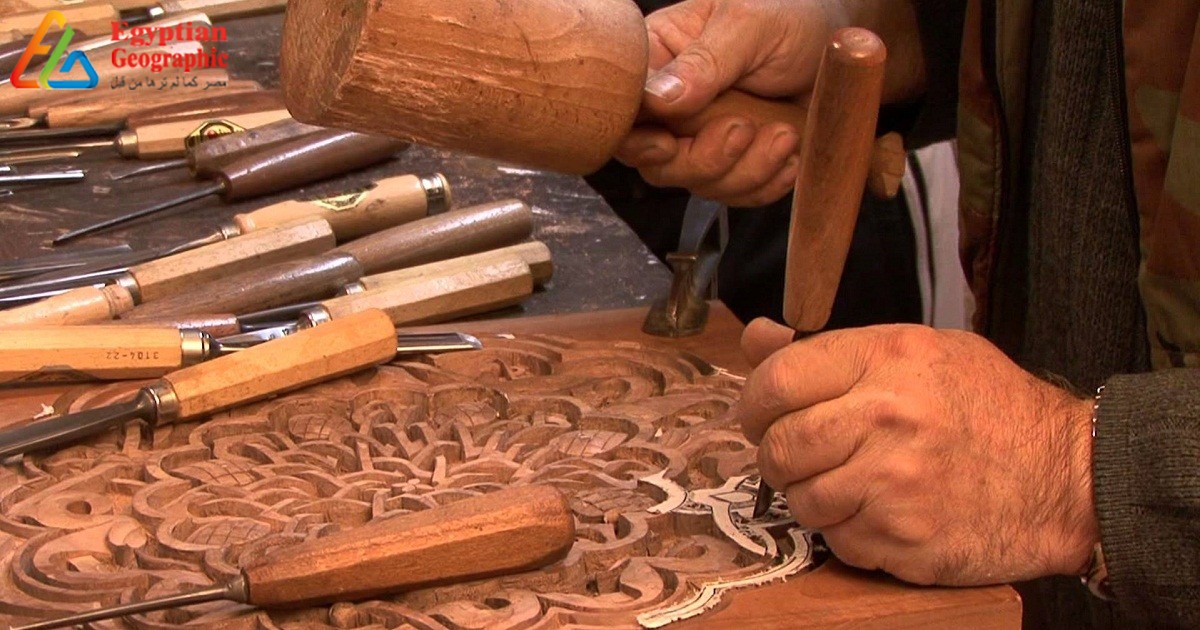
“Mashrabiya, Foliate ornament, Maymoni”.. These are some of the well- known arabesque names in Egypt. Arabesque consists of repeated interlaced and scrolled geometric patterns. Arabesque artist usually adds some carved floral motifs of flowers, leaves, and fruits to add some life and fun to the rigid piece of wood.
Domes of the mosques and Quran’s covers were the first linkage between Arabesque and the Islamic world. But in fact, it has extended to adorn mausoleum, shrines and stands which the Holy Quran and prayer books were placed upon. Moreover, arabesque artists excelled in using natural plant motifs derived from branches, leaves, stems and flowers, with Arabic calligraphy that has become inseparable from arabesque. Many of the verses of the Quran are added to arabesque pieces, thus completing the unity of this art, and being a symbol of imparting spirituality of the Holy Quran throughout history.

“Arabesque" arose with the establishment of the Fatimid Caliphate in Egypt. Due to the many wars it fought, the nascent state was forced to use timber, the mainstay of the weapons industry at that time, extensively. The remaining small pieces of wood were sent to carpenters and craftsmen, who in return, used them in making simple geometric shapes, to adorn windows. Accordingly, it has laid the first building block for "mashrabias” manufacturing in Egypt.
In the Abbasid historical period, Arabesque had been developed. The great interest in science and translation, especially the sciences of Plato, Euclid, and Brahmagupta, led to an increased knowledge of geometric shapes and arithmetic. Thus, the Arabesque artist had a greater opportunity to develop his art.

In the 19th century, sultans of the Ottoman Empire called Egyptian arabesque craftsmen in Istanbul to decorate their own palaces. They moved to the Levant and from there to Anatolia. One strange narration was that the Ottoman sultans captured craftsmen after finishing their work, and the latter did not return to Egypt, in what is historically known as “the capture of artists".
Egyptian arabesque conveyed through the Ottomans to all the countries they conquered. Due to its elegance and beauty, which shines and corresponds to the cultural and civilizational nature of that time, arabesque has not been limited to decorating palaces and houses, but extended to domes, minbars, and windows of mosques.
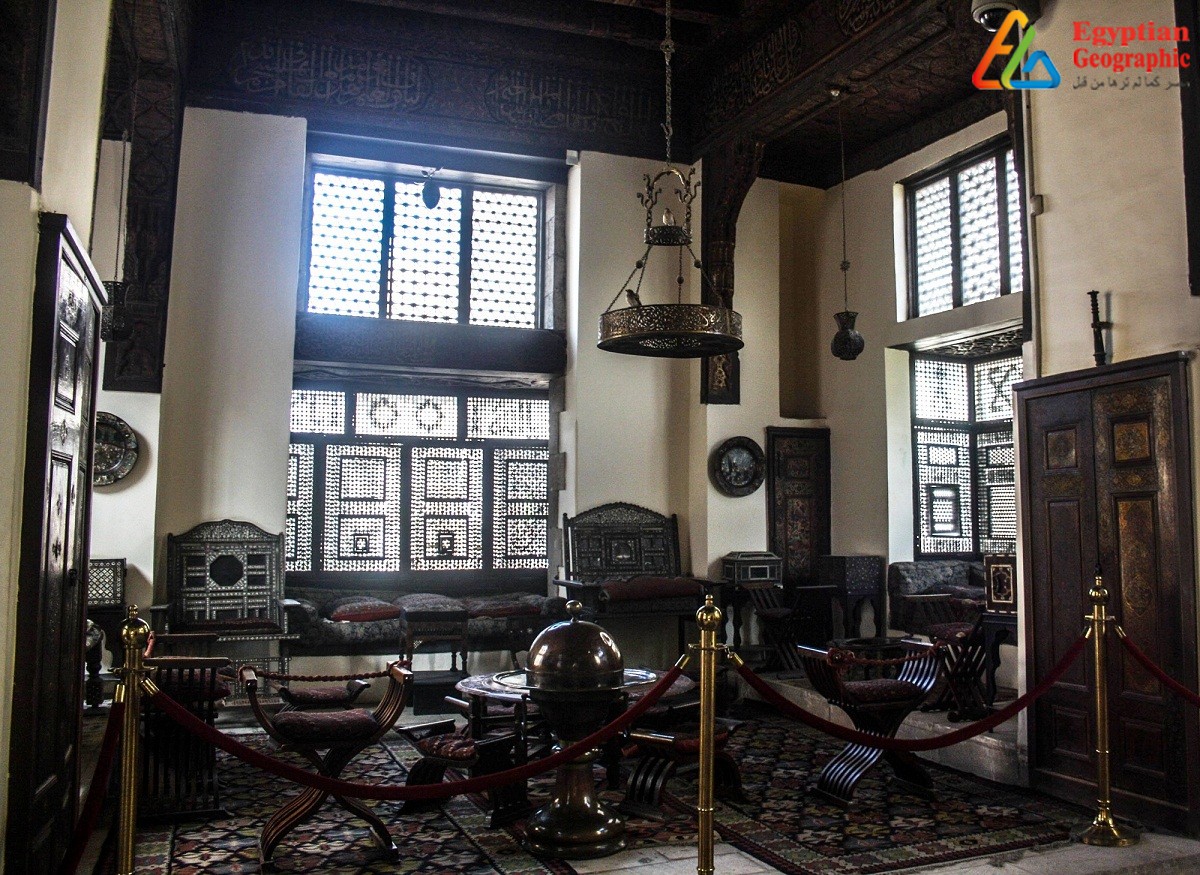
Despite the prevalence of arabesque art across Arab and European countries, Egyptian artisans are still the most skilled, and can be contended only by Syrian artisans. However, Egyptian artisan outdoes his Syrian challenger in terms of picking the finest timbers; he often uses camphorwood and sandalwood in creating arabesque pieces.
Popularity of the Egyptian arabesque has been one of the most important factors that attract tourists. On visiting Khan el-Khalili and el-Gamaliya neighborhoods, we realize the great passion for this fine art. Western tourists often seek to acquire Egyptian arabesque artifacts, inlaid with various shells, or what is known as "geometric marquetry", in which small shells are used to decorate boxes, as European tourist appreciates the high professionalism and the efforts exerted in these pieces, while Arab tourists like “plants marquetry" used in making boxes, chairs, and large wooden pieces.

"Mashrabiya”, a large window with a shelf placed in a high place in the house, is specially made for clay water jugs “kolla” to cool water, and hence it has been named “Mashrabiya". While “Mashrafiya” is a window that looks over the street, has a reversible door, and that is placed inside houses with high ceilings. Mashrafiya is placed on the walls, such as in the house of Suhaimi, Zainab Khatun’s and Musafir Khan’s. It smells good every time it is kissed by the sun, as it is made of sandalwood.
Excessive taxes on materials and the use of machines in manufacturing put the Egyptian art of arabesque at stake of evanescence. Over a thousand years, the Egyptian artisan has managed to preserve his traditional art. However, machine has stripped handicrafts of their special taste, which makes each piece unique, reflecting the taste and art of the artisan. Unfortunately, they have become of repeated templates, free of any kind of creativity and innovation.
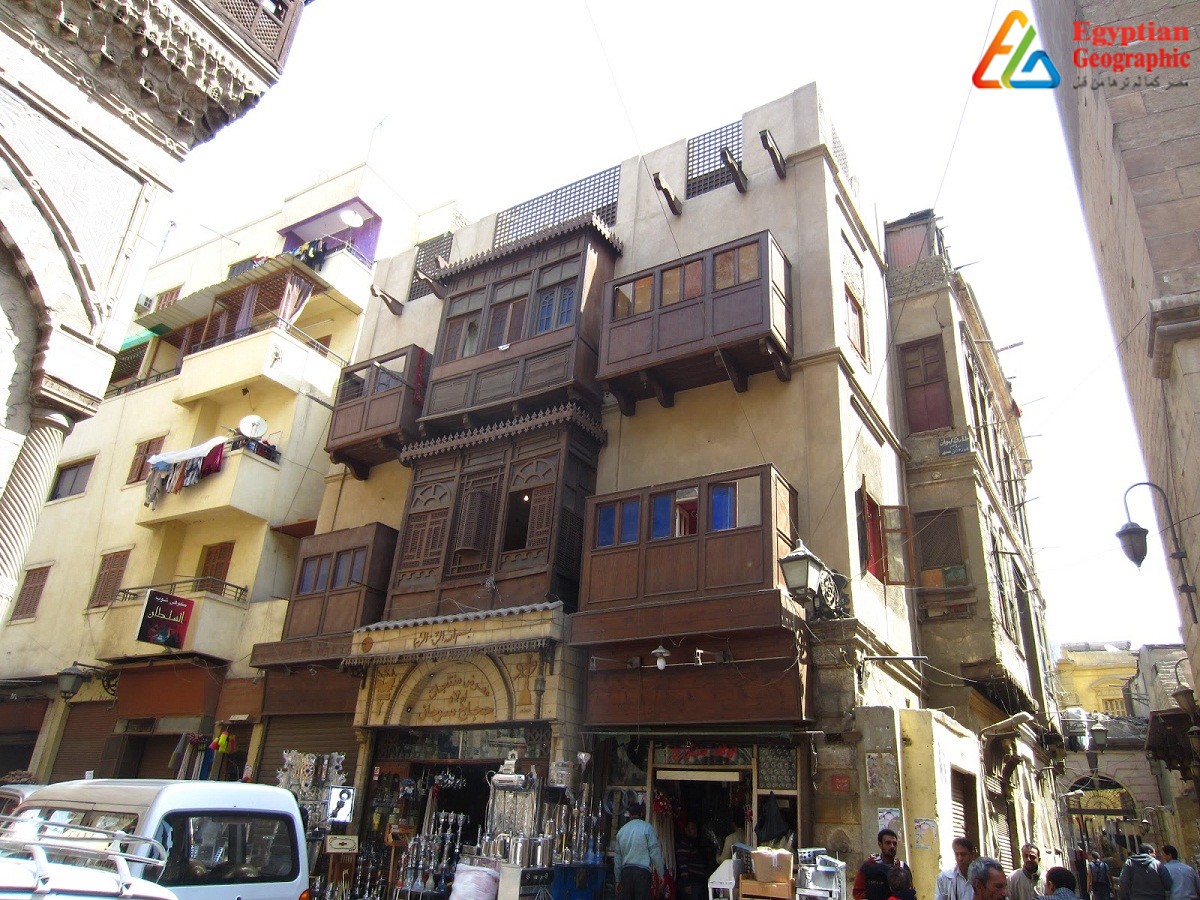
Chinese products have also played a pivotal role in the elimination of that handicraft. They hit the markets at the lowest prices. However, at the same time, Chinese are unable to make skilful kundekari, marquetry, and embossing in the original Egyptian spirit, which gave a kiss of life to that craft, known as “the jewel of the arts", and was nourished by some of Egypt's craftsmen, who were dubbed "Arabesque kings”. Most of "arabesque kings” settle in Khan el-Khalili to preserve the authenticity of that inherited craft, and they pass it on to future generations.

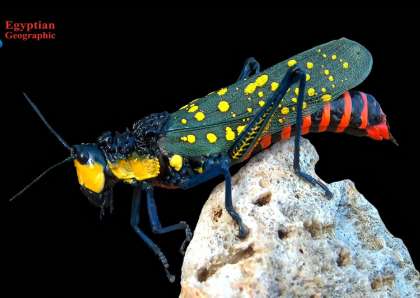

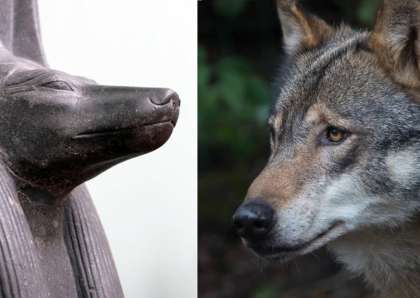

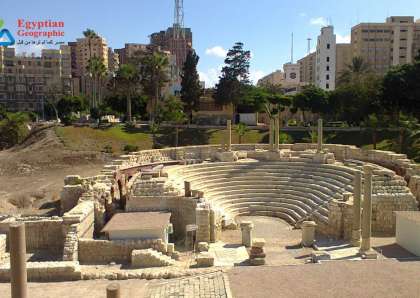
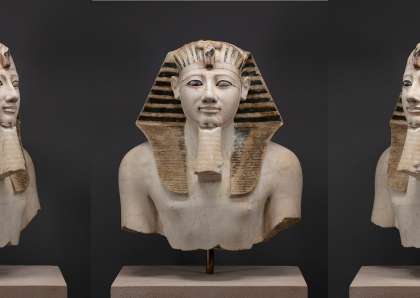
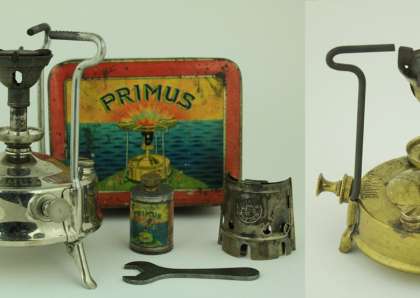

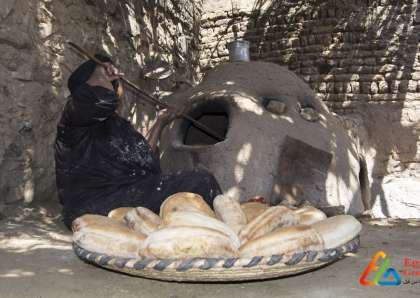
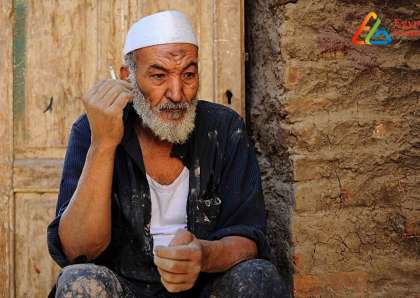
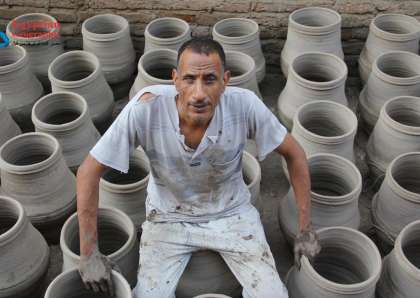
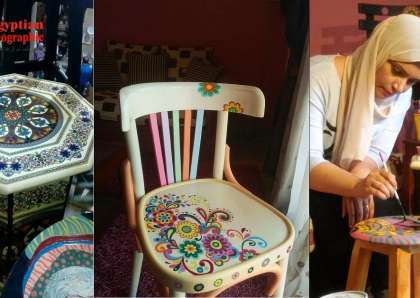
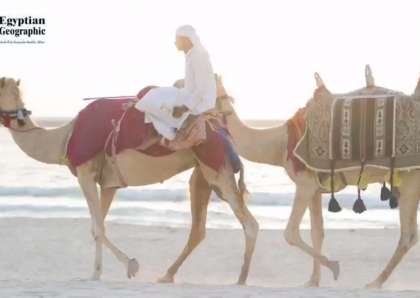
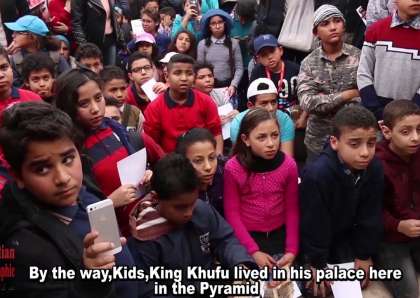

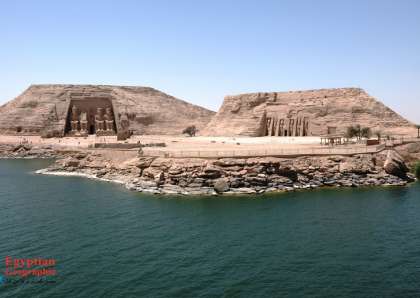
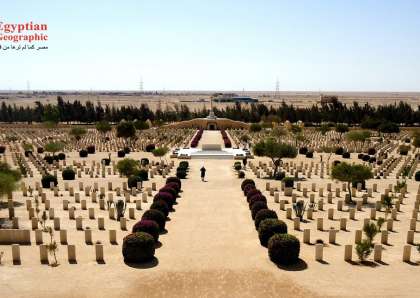
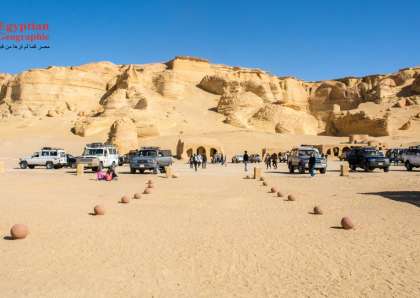

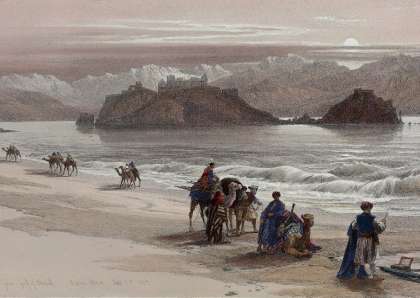


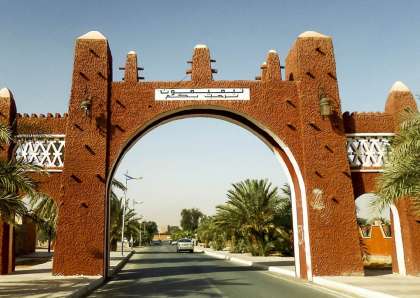
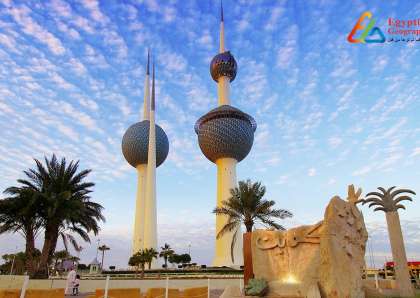



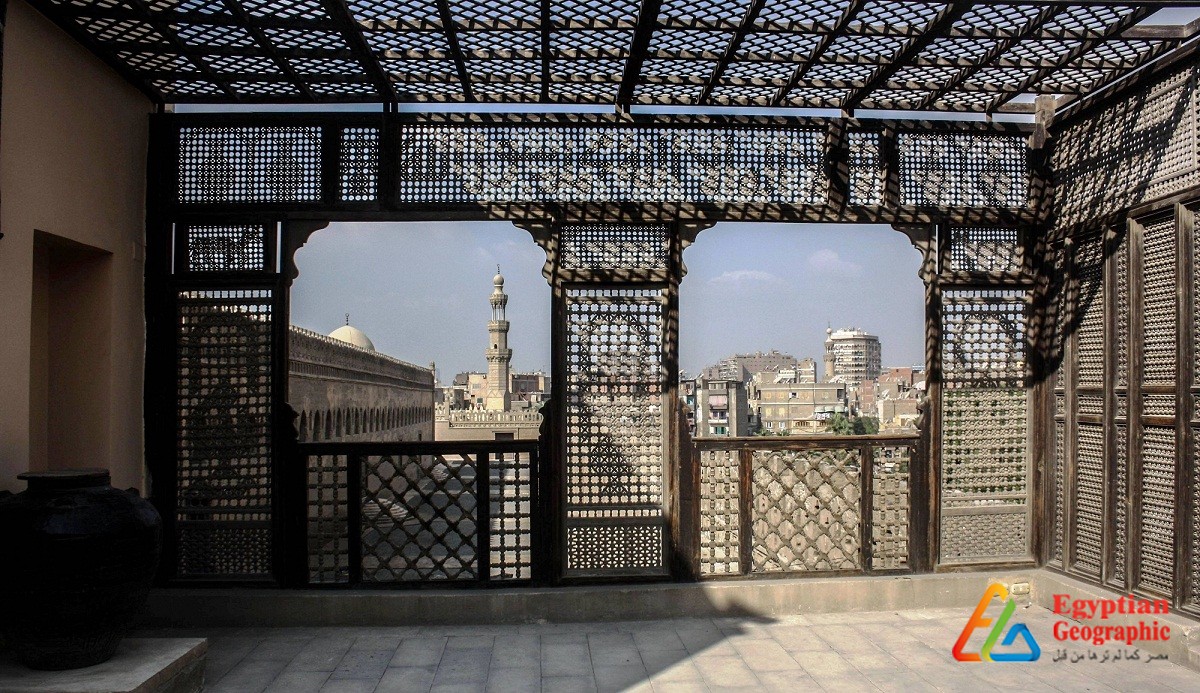





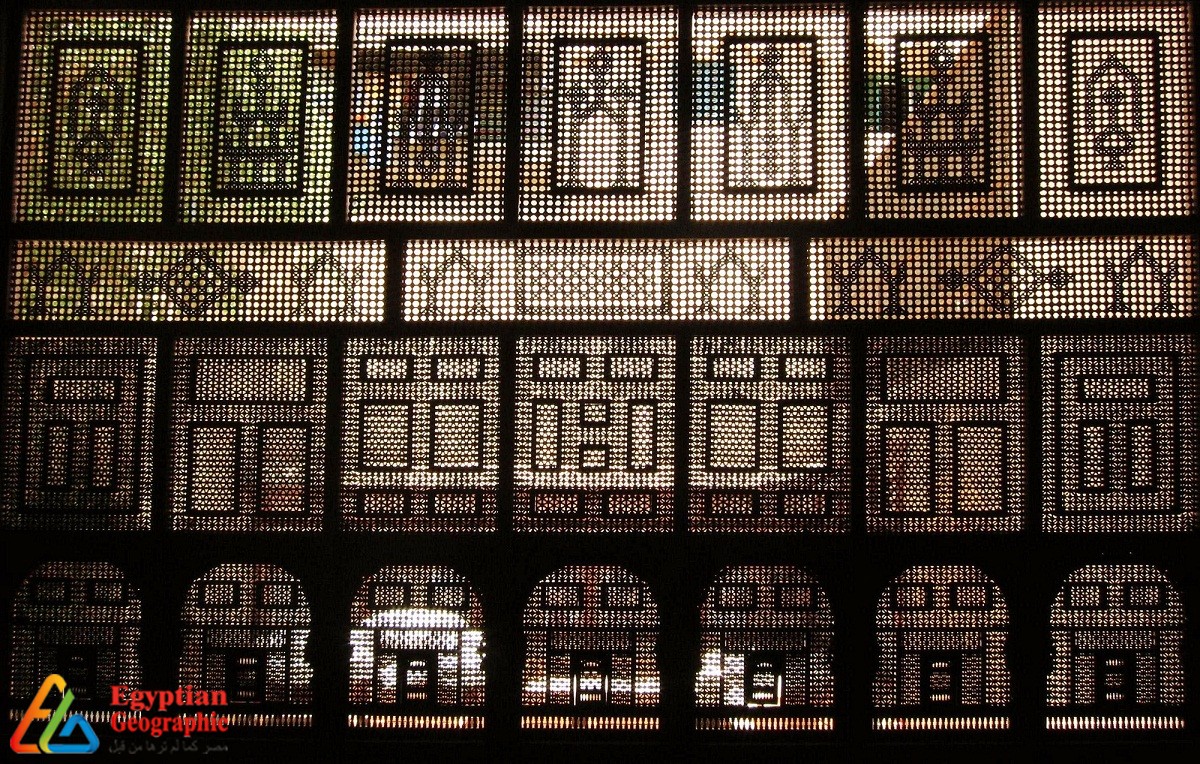
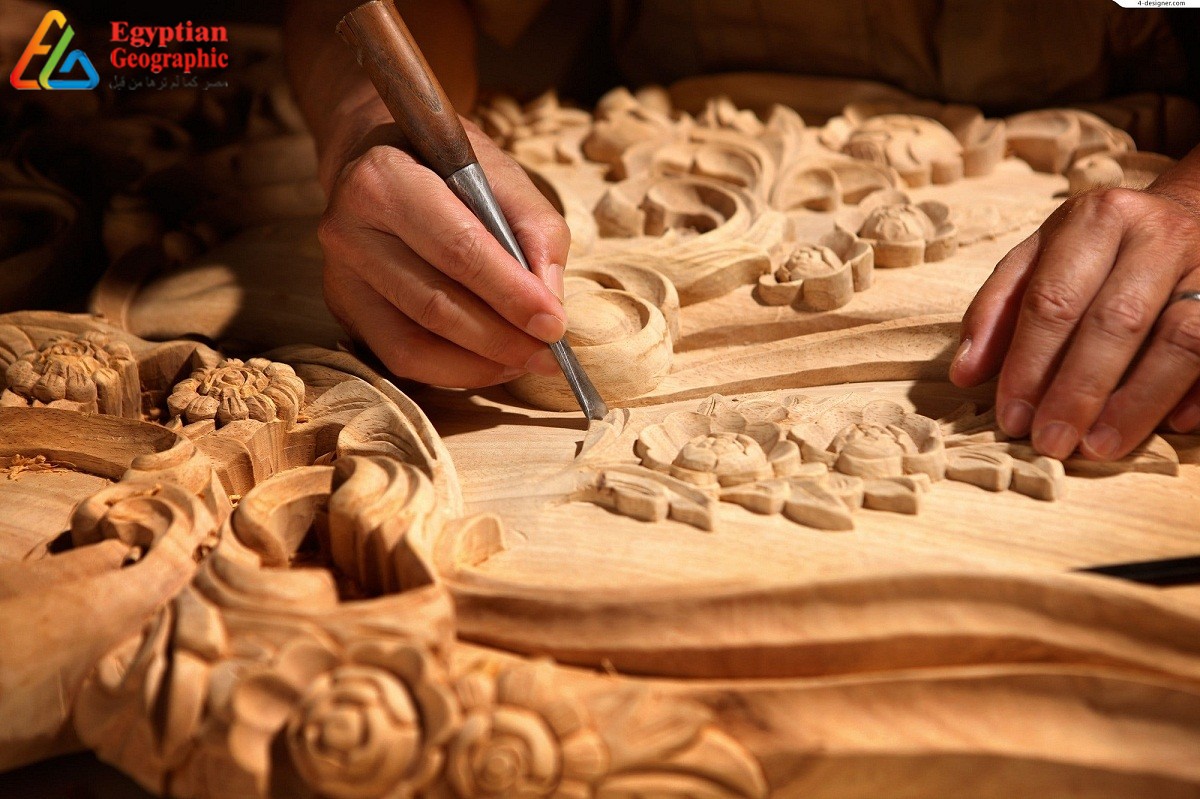
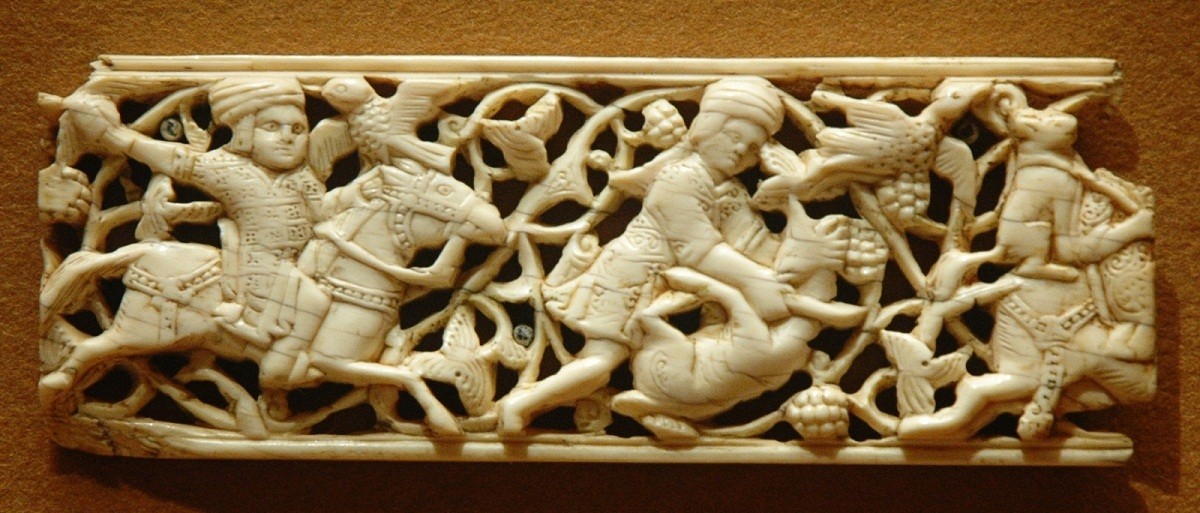
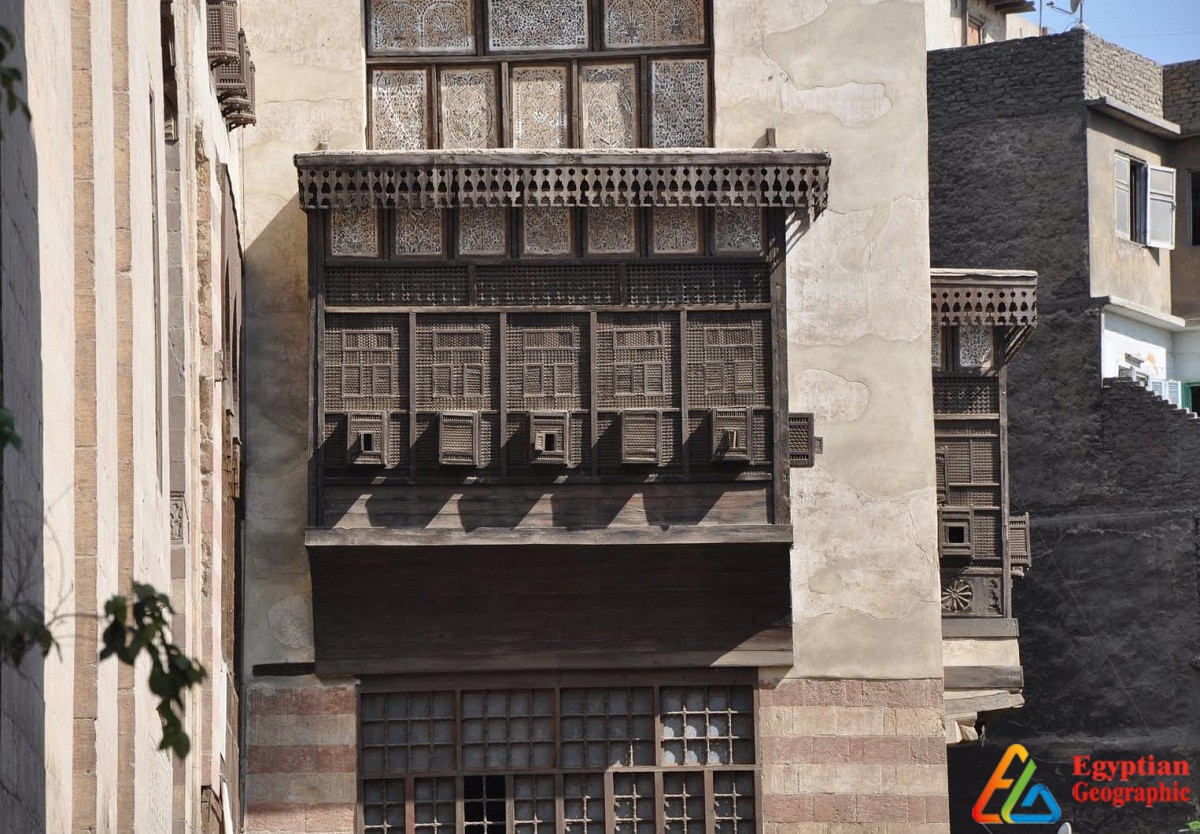
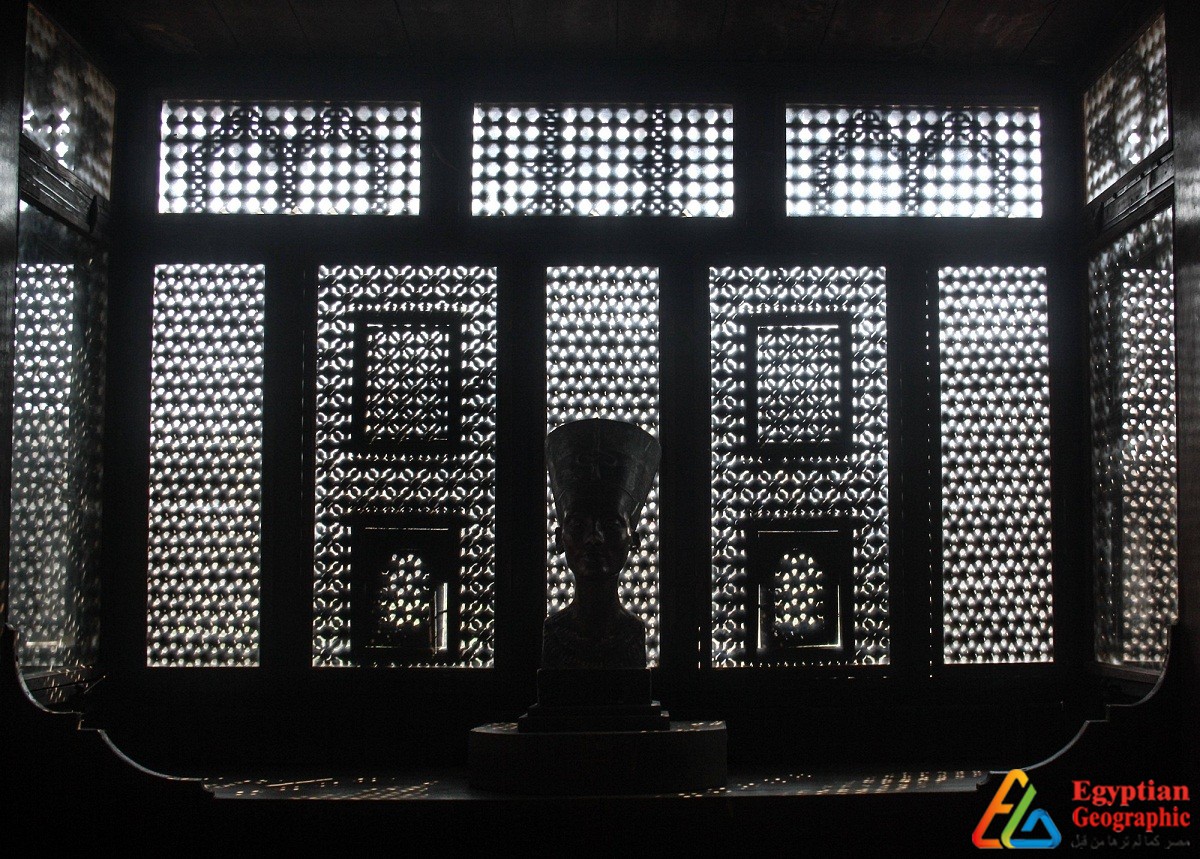
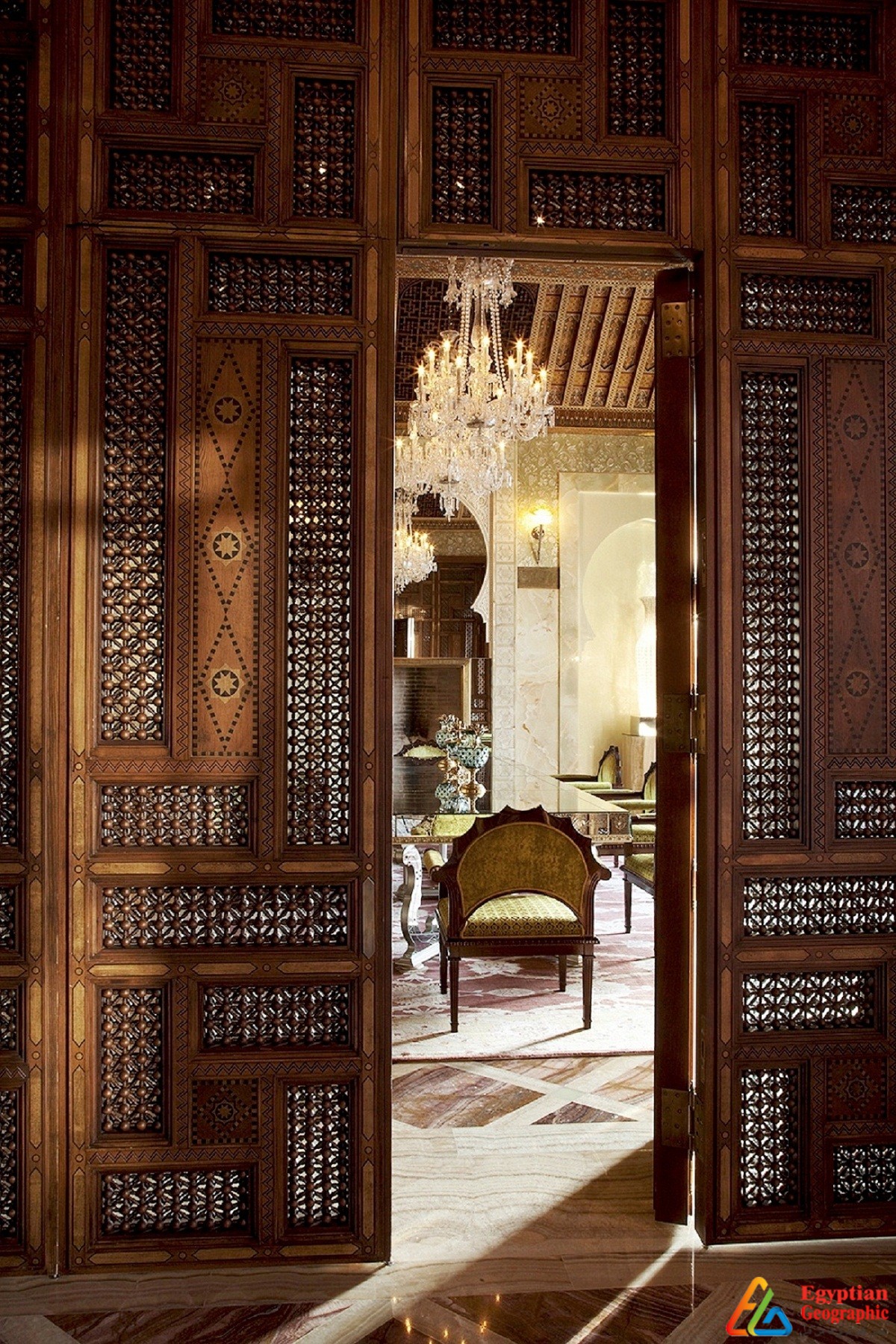


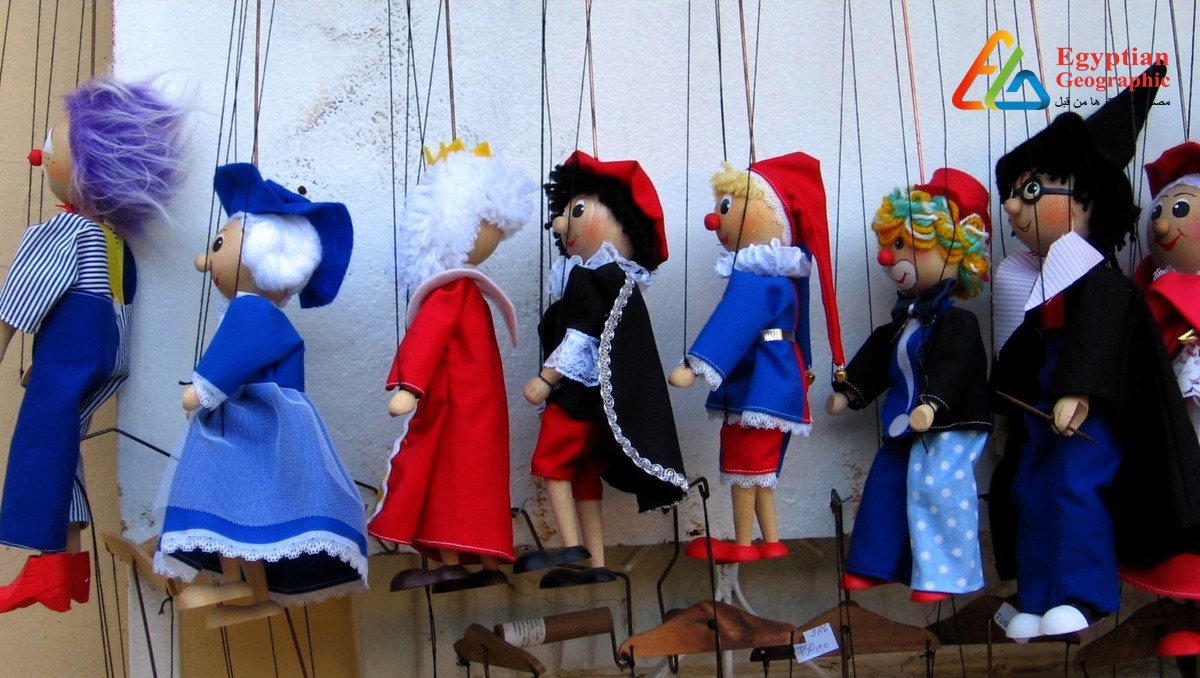
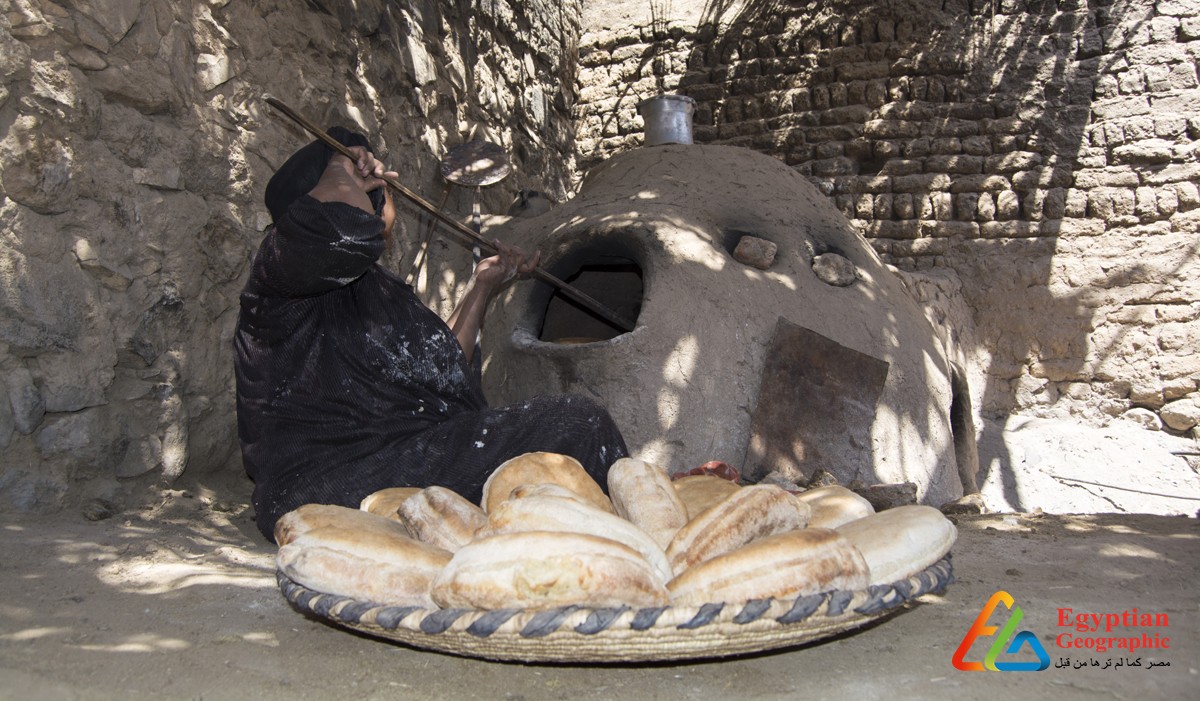


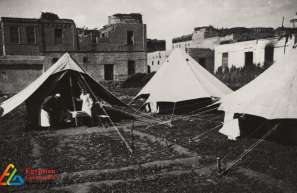
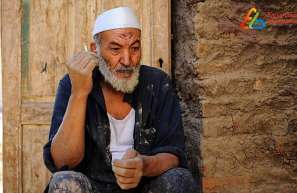
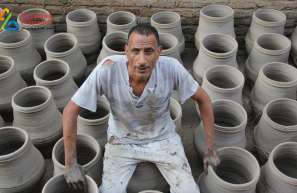





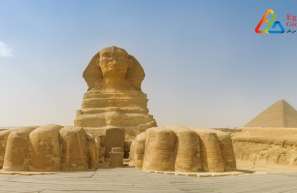


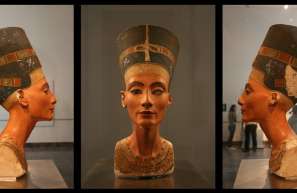


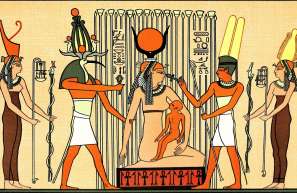









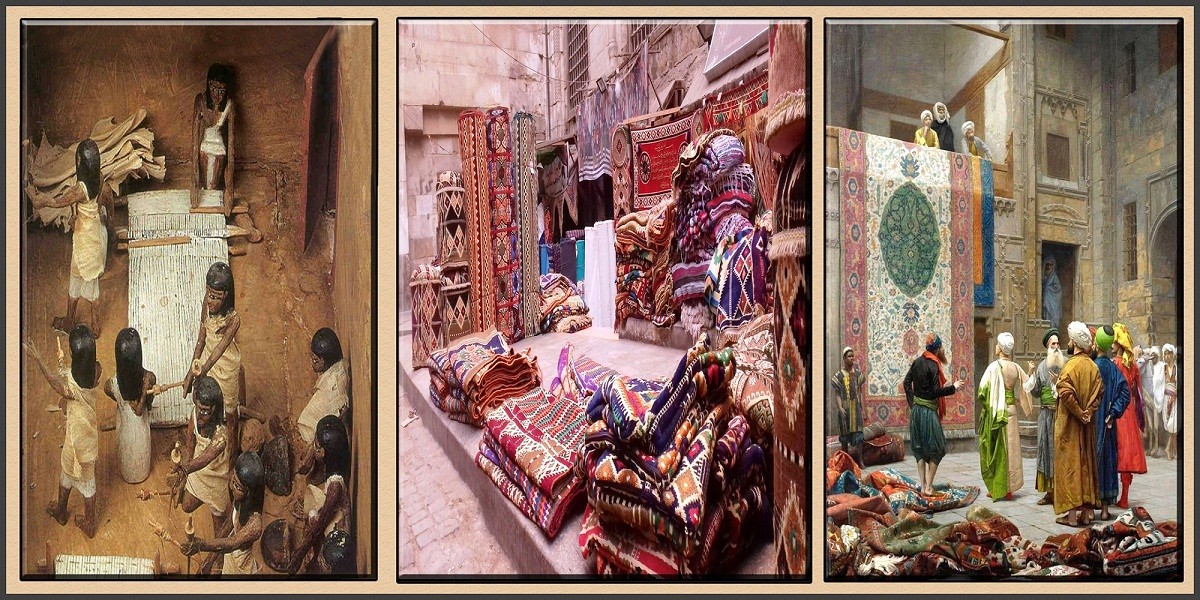
Egyptian Site & magazine